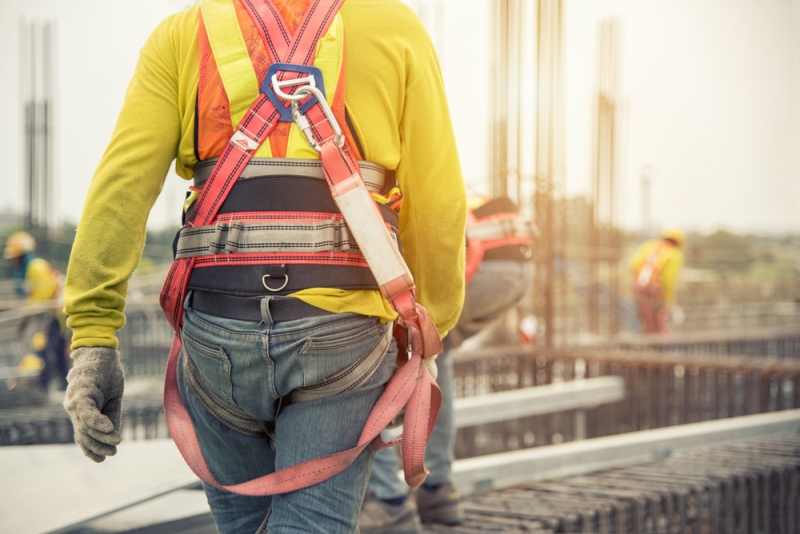Are you a part of an industry that requires you to work at heights? If so, then you definitely know of the serious amount of risk that you have to deal with whenever you clock in for a shift. After all, even the shortest of falls has the potential to cause anything from a debilitating lifelong injury to even death. All it takes is one slip or mistake, and you can find yourself in a world of hurt.
With that said, many breakthroughs, regulations, and measures have been developed throughout the years to reduce this risk. From comprehensive working at heights training and protective personal equipment (PPE), to the inclusion of automated machinery for hazardous tasks, employees who perform at high altitudes can look forward to a relatively safe working environment, so long as they make use of such safety measures.
However, all these would be for naught if an employee allows themselves to commit certain common mistakes that could result in a disastrous workplace accident. To help raise awareness and help more employees avoid these mistakes, we’ve compiled the most common ones in the list below.

-
Not wearing the proper PPE for the height you’re working at
As we all know, there are many different types of PPE (personal protective equipment) for different types of hazardous jobs. While some may be interchangeable between jobs, it’s usually best to ensure that the PPE you’re wearing is specifically designed for the job you’re doing, including the height that you’re working at. Wearing specific PPE that isn’t designed to work or be protective at certain heights could mean that the PPE can fail when you need it the most, which could then result in grievous bodily injury if an accident does occur. Always ensure that you’re wearing the right kind and type of PPE for your job. Take nothing for granted—after all, it’s your body on the line here.
-
Not performing pre-climb PPE checks
Just like how pilots must perform pre-flight checklists to ensure that their craft is in proper working order before getting into the air, employees working at heights must also check their PPE and other gear first before actually starting their climb. By doing these checks before setting off, you can easily detect if something on your gear is about to break, or in need of being repaired, readjusted, or replaced. This virtually eliminates any chance of critical PPE failure, especially in times of emergency.
-
Resting ladders on unsafe or weak upper surfaces
When resting ladders upon surfaces in preparation for climbing, it’s imperative that you pick a surface that can easily withstand a lot of weight being pressed up against it. As such, it’s ideal to avoid resting the top of the ladder against weak surfaces like windows, glazing, or plastic gutters. These will break even with a small amount of weight, and can cause the ladder to slip or topple.
-
Not using rails or keeping both feet flat while on a lift
Lifts are used to get workers at heights that cannot be reached easily by ladders. While this removes the physical factor out of the equation and makes things a bit safer, there are still many things that can go wrong during the operation of a lift. Employees should therefore ensure that they take advantage of the pre-built rails on the lift, as well as the stable platform it provides, for their safety. This means keeping within the confined area that the guard rails denote, as well as keeping both feet firmly planted on the lift platform. Climbing outside the rails or failing to keep a stable stance at all times could result in a deadly falling accident.
-
Using ladders for heavy jobs
Ladders are not meant to be used for long periods of time or under heavy loads. Only use ladders for light tasks that involve a maximum of thirty minutes’ worth of work. Any heavier or longer and you risk the ladder breaking, resulting in an injurious accident. Either use a scaffold or a lift for such tasks.
Never take work safety for granted, especially when heights are concerned
Working at heights can be considered as one of the most dangerous workplace settings to be in. All it takes is one slip, mistake, or equipment failure to result in a catastrophic or disastrous fall. Avoid the above-listed common mistakes people do when working at heights, and you’ll remain safe and productive, no matter the height you’re working at.



